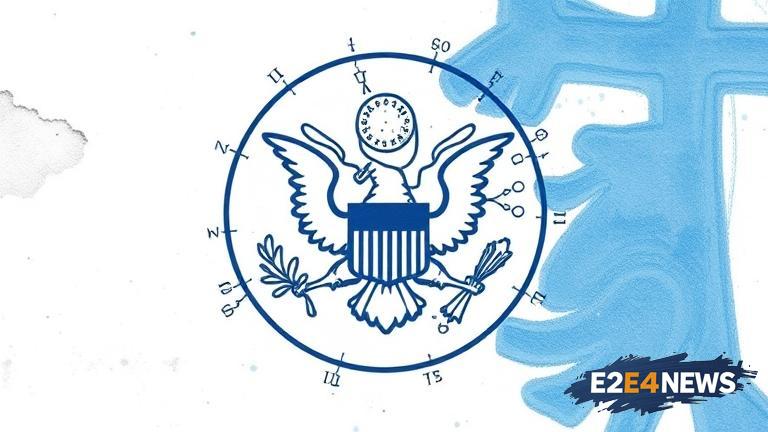The United States Patent and Trademark Office (USPTO) has recently announced a significant change in its approach to evaluating patent applications. The new guidelines, which came into effect on July 1, 2022, limit the use of general knowledge in patent applications, marking a significant shift in the patent examination process. This move is expected to have far-reaching implications for inventors, patent attorneys, and the intellectual property landscape as a whole. The USPTO’s decision to restrict the use of general knowledge is aimed at improving the quality of patents granted and reducing the number of unnecessary rejections. By doing so, the office hopes to promote innovation and ensure that only truly novel and non-obvious inventions are patented. The new guidelines emphasize the importance of providing specific, detailed descriptions of the invention and its unique features. Applicants will no longer be able to rely solely on general knowledge to support their claims, but rather must provide concrete evidence of the invention’s novelty and non-obviousness. This change is expected to lead to more rigorous patent examinations, with examiners carefully evaluating each application to determine whether it meets the required standards. The USPTO has also introduced new training programs for examiners to ensure they are equipped to handle the changed guidelines. The move has been welcomed by many in the intellectual property community, who see it as a necessary step to maintain the integrity of the patent system. However, some have expressed concerns that the new guidelines may lead to increased costs and complexity for applicants. Despite these concerns, the USPTO is confident that the changes will ultimately benefit inventors and the broader innovation ecosystem. The new guidelines are part of a broader effort by the USPTO to improve patent quality and reduce pendency times. The office has also implemented other initiatives, such as the use of artificial intelligence and machine learning tools, to streamline the patent examination process. As the USPTO continues to evolve and adapt to the changing needs of inventors and the intellectual property landscape, it is likely that we will see further changes and refinements to the patent examination process. The impact of the new guidelines will be closely watched by inventors, patent attorneys, and industry stakeholders, who will be eager to see how they are implemented and what effects they have on the patent system. In the meantime, applicants would be well-advised to carefully review the new guidelines and ensure that their patent applications meet the required standards. By doing so, they can minimize the risk of rejection and ensure that their inventions are properly protected. The USPTO’s decision to limit the use of general knowledge in patent applications is a significant development that is likely to have far-reaching implications for the intellectual property landscape. As the patent system continues to evolve, it is essential that inventors, patent attorneys, and industry stakeholders stay up-to-date with the latest developments and adapt to the changing landscape. The new guidelines are a positive step towards promoting innovation and ensuring that only truly novel and non-obvious inventions are patented. By emphasizing the importance of specific, detailed descriptions of the invention and its unique features, the USPTO is helping to maintain the integrity of the patent system and promote high-quality patents. The move is also expected to lead to increased efficiency and reduced pendency times, as examiners will be able to more quickly and accurately evaluate patent applications. Overall, the USPTO’s decision to limit the use of general knowledge in patent applications is a significant development that is likely to have a positive impact on the intellectual property landscape.
